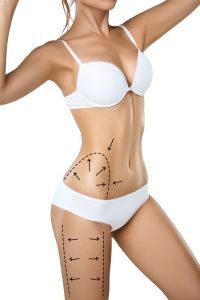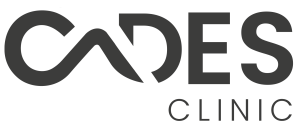Introduction
Liposuction is a widely popular cosmetic surgery procedure aimed at reshaping the body by removing excess fat from specific areas. The desire for a more sculpted physique leads many to consider liposuction, and for some, traveling for this surgery can be a convenient choice. However, when planning your post-liposuction travel, it’s essential to understand the optimal timeframe for safe and comfortable air travel. This article explores liposuction, the recovery process, and when it’s advisable to embark on your journey following the procedure.
What is Liposuction?
Liposuction is a surgical procedure that aims to eliminate unwanted pockets of fat that are often resistant to diet and exercise. It involves making small incisions through which a thin, hollow tube, called a cannula, is inserted. The surgeon uses this cannula to suction out excess fat, sculpting and contouring the treated areas. Liposuction can target various regions of the body, including the abdomen, thighs, arms, and more, providing patients with improved body proportions and a boost in confidence.

How long does it take to recover from Liposuction?
Like any surgical procedure, liposuction requires a recovery period. During this time, your body heals, swelling subsides, and you begin to see the results of your surgery. Generally, the initial recovery phase, where you may experience swelling, bruising, and discomfort, lasts for the first few days after surgery. Compression garments are typically recommended to aid in reducing swelling and promoting proper circulation.
Over the first two weeks, most patients can resume normal daily activities, although it’s advisable to avoid strenuous exercise and activities. During this time, your body continues to heal, and the majority of swelling diminishes. After two to three weeks, patients typically notice a significant reduction in swelling and bruising, revealing the improvements in their body shape.
How long after Liposuction can I travel?
If you’re considering air travel after liposuction, it’s important to prioritize your safety and well-being. While there isn’t a fixed, one-size-fits-all answer to when you can fly, there are some general guidelines to consider.
It’s generally recommended to wait for at least two to three weeks after your liposuction procedure before undertaking air travel. By this time, the initial healing phase will have passed, and the risk of blood clot formation is considerably reduced. However, this time frame can vary based on individual circumstances and the extent of the surgery. Consulting with your surgeon is crucial in determining the best time for you to travel.
When you do decide to travel, wearing compression garments during the trip is essential. These garments help support circulation, minimizing the risk of blood clot formation during extended periods of immobility on a plane.

Conclusion
Liposuction can be a transformative procedure for those seeking to enhance their body contours. If you’re considering travel after liposuction, it’s crucial to prioritize your health and safety. While the ideal time to fly post-liposuction may vary, a general guideline is to wait for at least two to three weeks. By this point, your initial healing phase will have passed, and you’ll be better prepared for a safe and comfortable journey. Remember that your surgeon’s guidance is invaluable in ensuring the timing aligns with your unique circumstances, and wearing compression garments during travel will help promote optimal circulation and minimize potential risks. Safe and happy travels!
Disclaimer: The content on this blog is intended for general informational purposes only. It is not a substitute for professional medical advice, diagnosis, or treatment. Always consult qualified healthcare providers for personalized advice. Information regarding plastic surgery, dental treatment, hair transplant, and other medical procedures is educational and not a guarantee of results. We do not assume liability for actions taken based on blog content. Medical knowledge evolves; verify information and consult professionals. External links do not imply endorsement. By using this blog, you agree to these terms.





